Back to Courses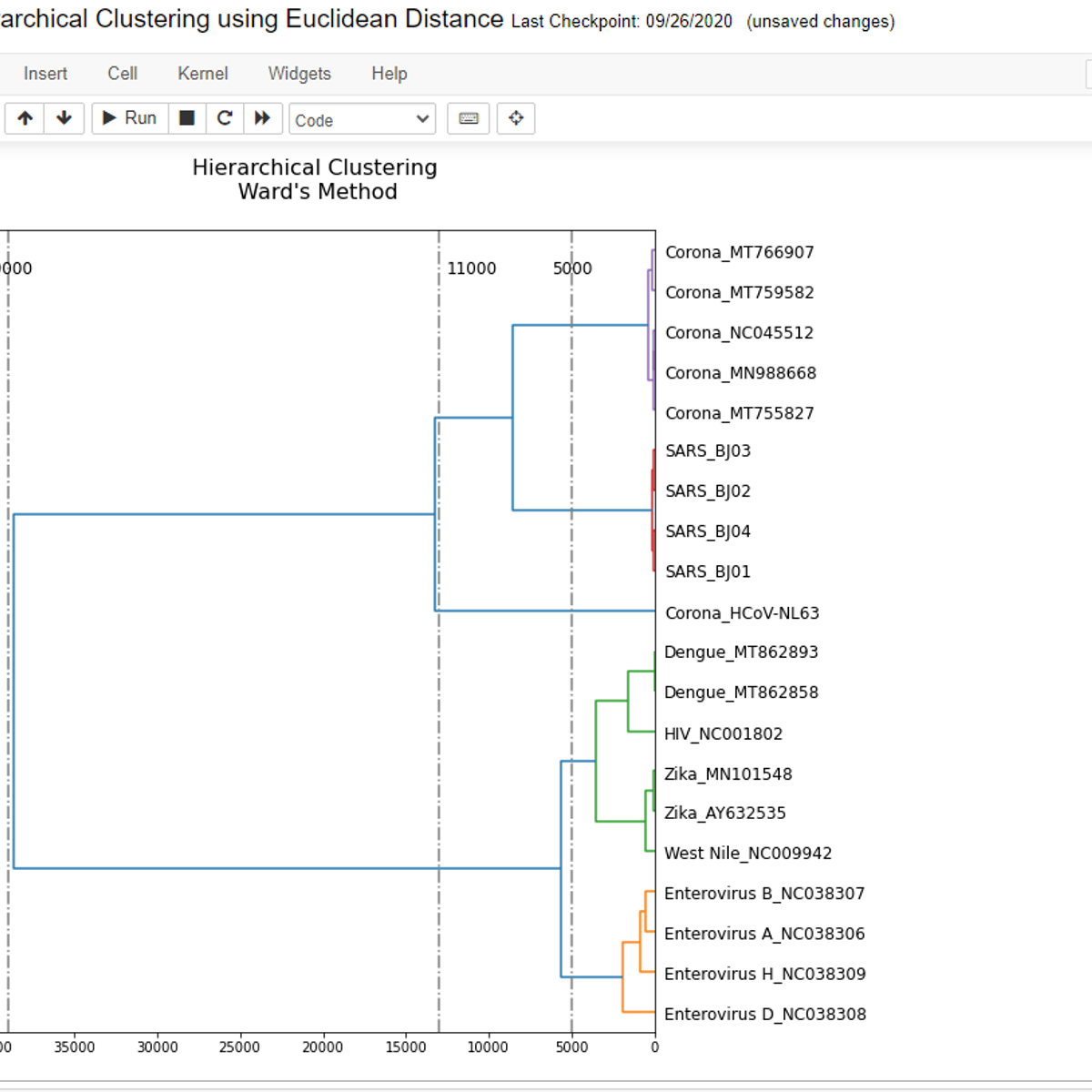
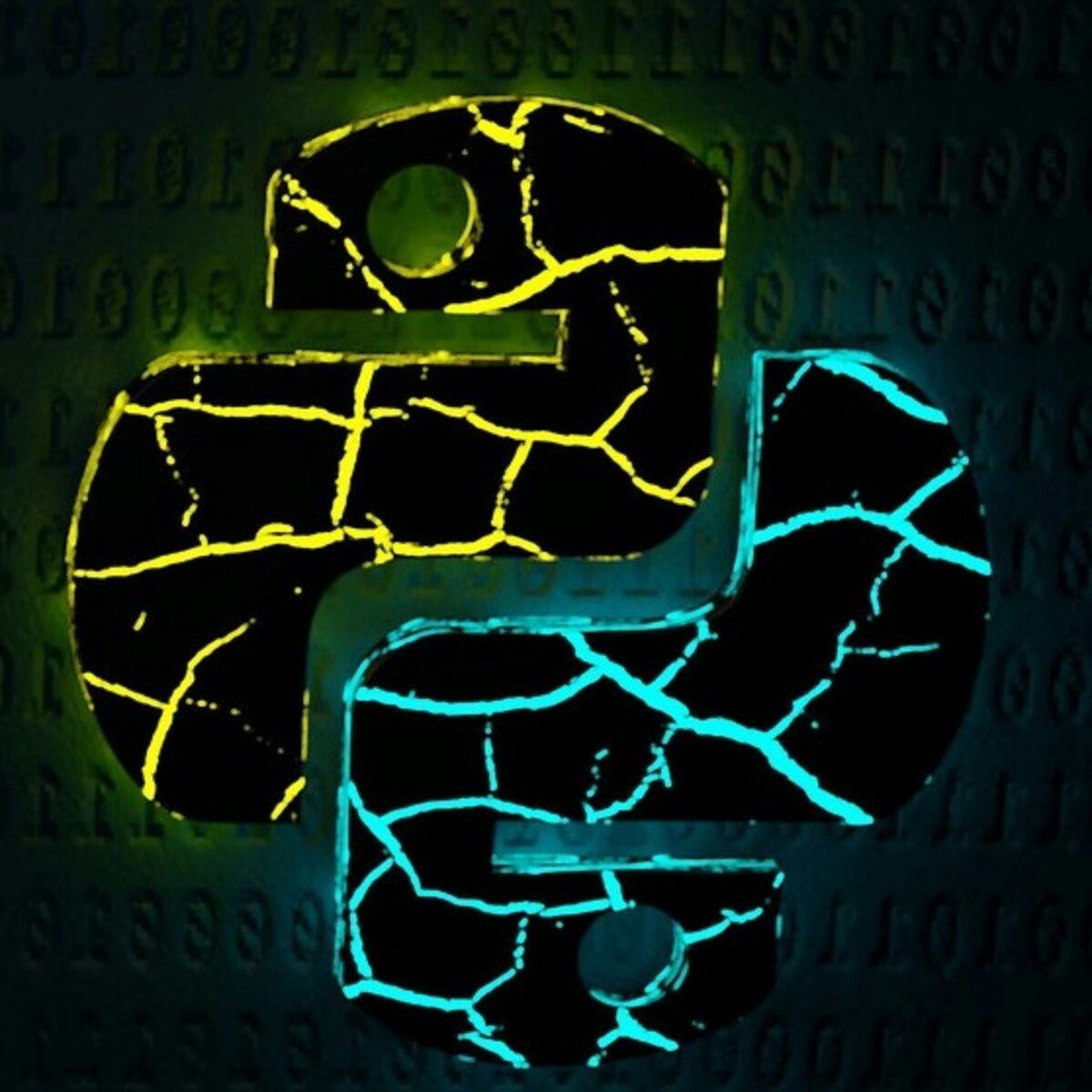

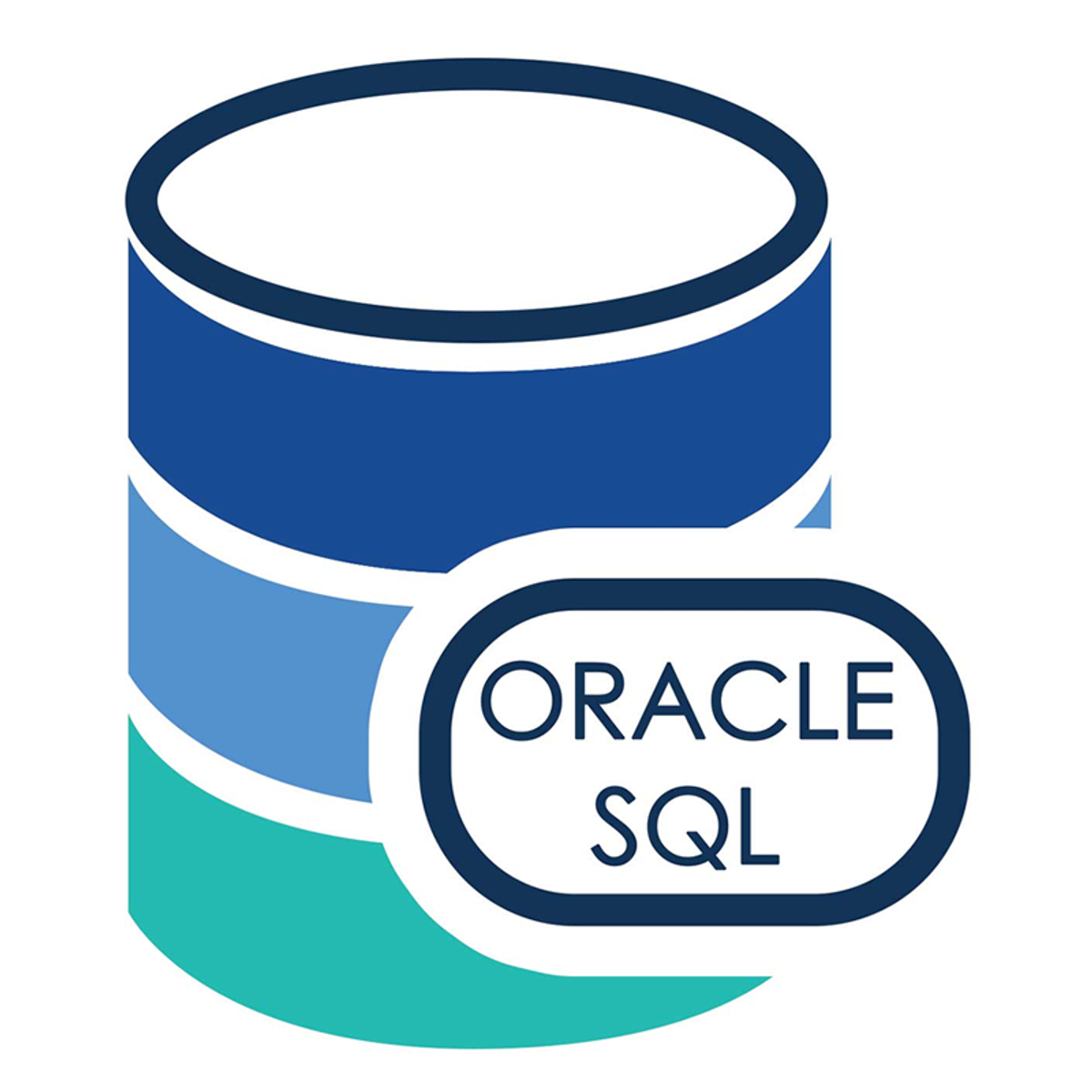
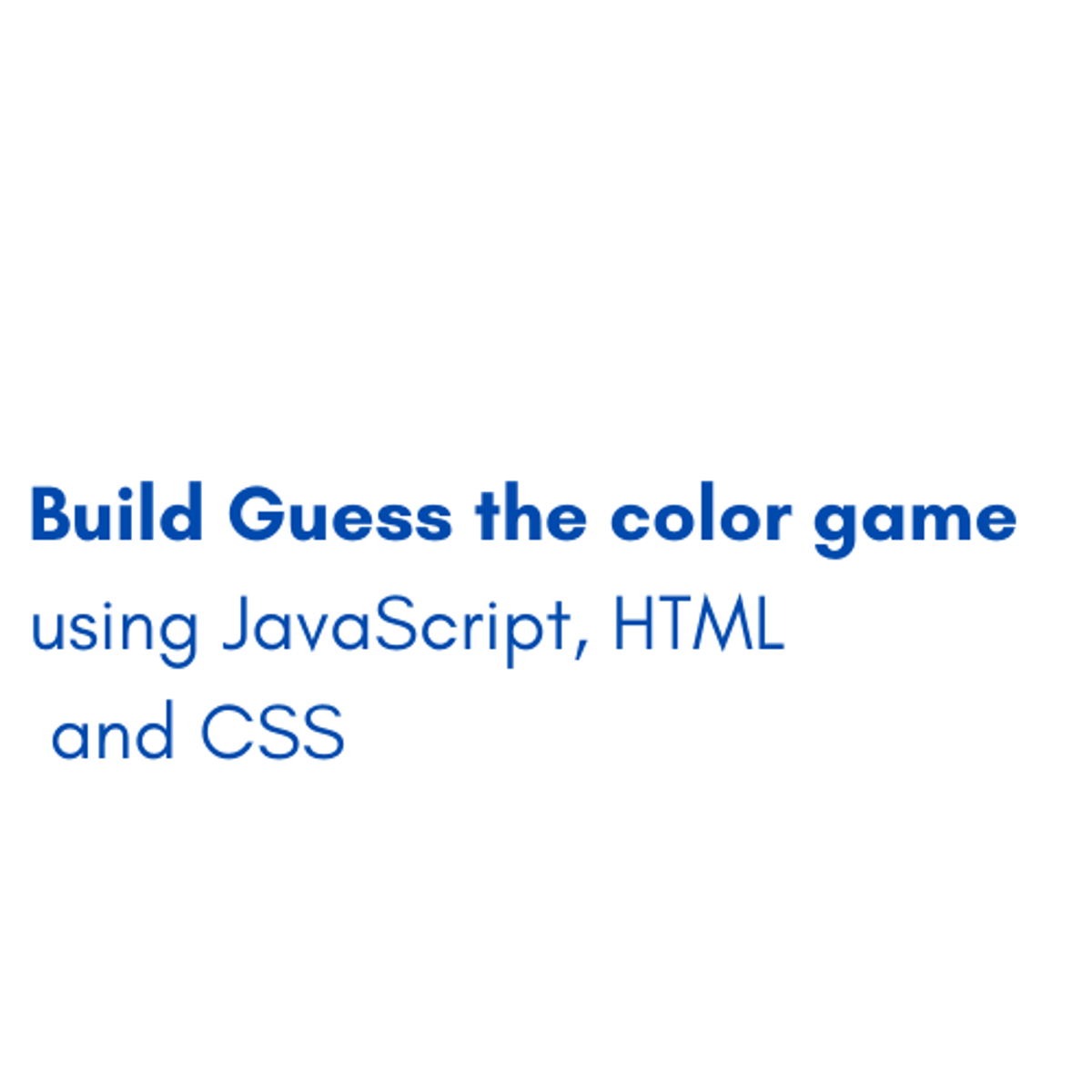
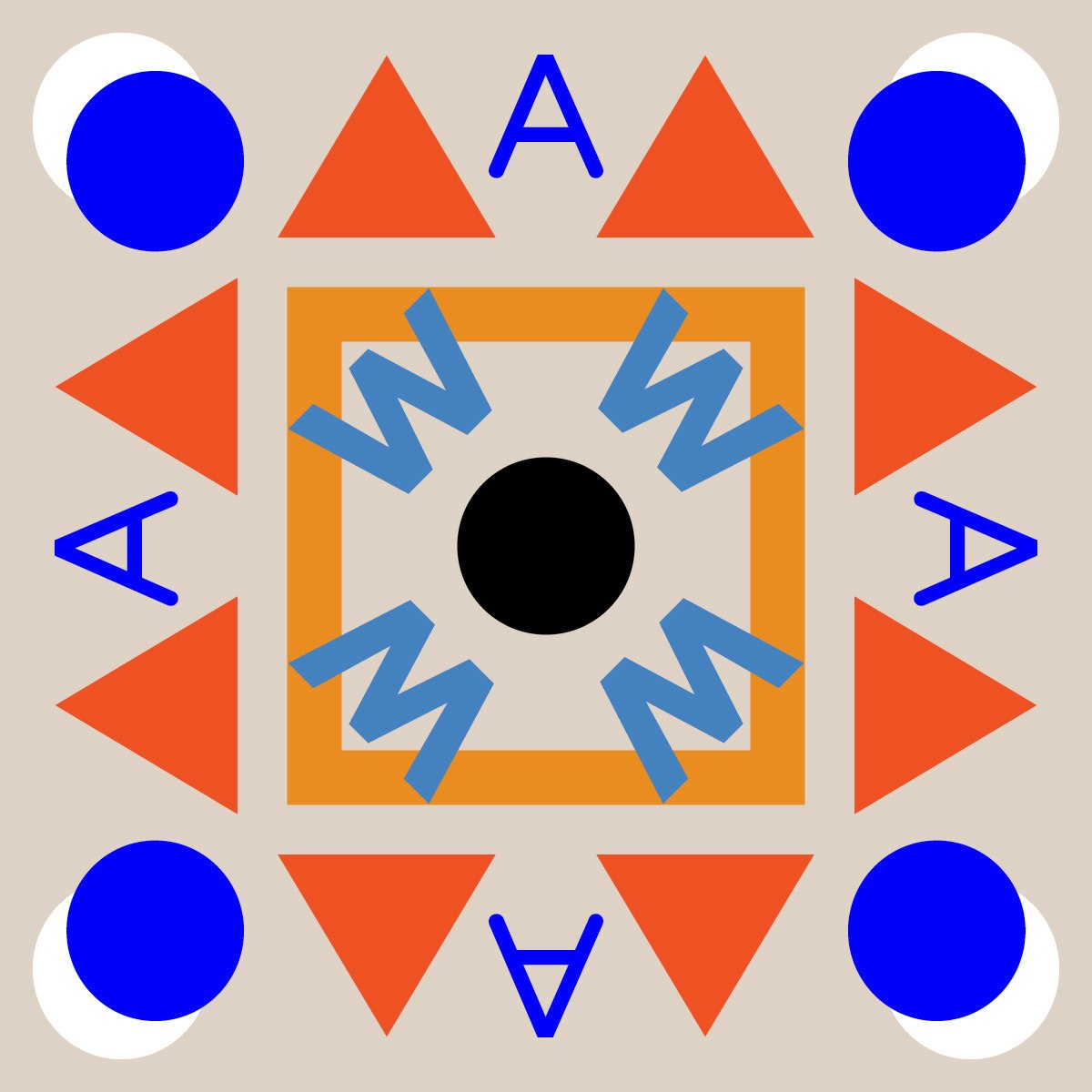


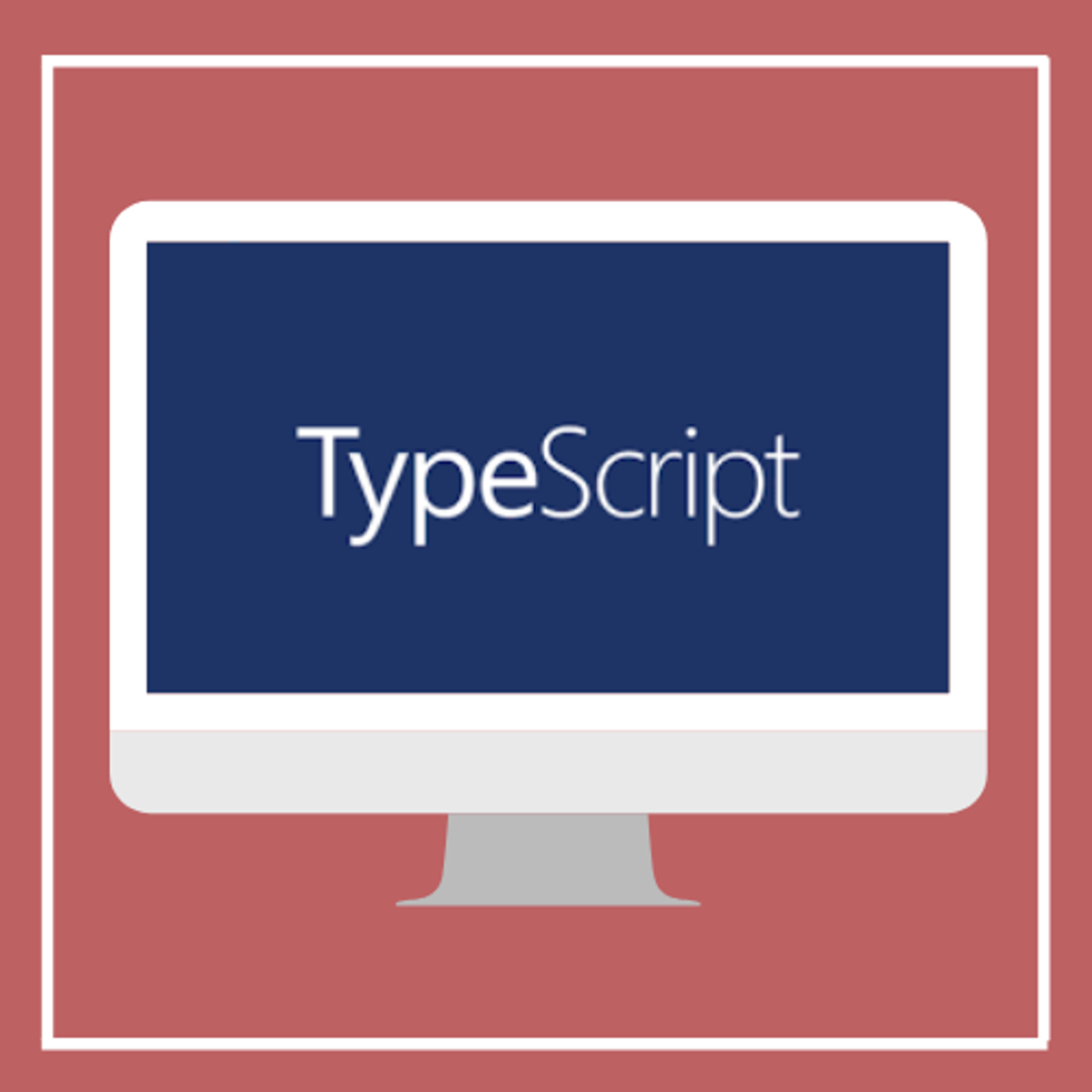

Computer Science Courses - Page 55
Showing results 541-550 of 2309

Hierarchical Clustering using Euclidean Distance
By the end of this project, you will create a Python program using a jupyter interface that analyzes a group of viruses and plot a dendrogram based on similarities among them. The dendrogram that you will create will depend on the cumulative skew profile, which in turn depends on the nucleotide composition. You will use complete genome sequences for many viruses including, Corona, SARS, HIV, Zika, Dengue, enterovirus, and West Nile viruses.

Merge, Sort and Filter Data in Python Pandas
Visualizing data patterns often involves re-arrangement and elimination to determine patterns. For example, in a list of data with yearly rainfall amounts, to quickly determine the years with the most rainfall, the data can be sorted according to rainfall in descending order. A filter could be used to limit the amount of data observed, for example, to only show rainfall amounts greater than an inch. A merge can be used to join two datasets together, for example rainfall and temperature data from two different sources. The ability to sort, merge and filter data has always existed using SQL with database data, now it can be done in application memory space using Python.
In this course, you will create an application that reads data from two CSV files. You will learn how to merge, sort, and filter the data to ultimately produce a regression plot to determine a possible correlation between two data sets.

Typescript in React: Generics, Demystified
By the end of this course you will be able to start working with generics in a Typescript React application. We will start by focusing on the core Typescript generics concepts and behaviours and end up by writing our own faux ‘backend’ React function component type.
This course is aimed at developers who are familiar with Typescript and understand the basics and would like to have some more experience, especially using some of the more advanced and dynamic type patterns in React.

Oracle SQL Proficiency
This course is designed to help you continue learning about Oracle SQL and database management. We will look more closely at the Create, Alter, and Update commands, explore database relationships, and demonstrate how to use database views and SQL functions.
It is recommended that you complete the first three courses of this specialization prior to this one.

Build "Guess The Color" game using JavaScript, HTML and CSS
In this 1-hour long project-based course, you will learn how to (you will be able to identify the basics of HTML, create the game content and general options, you will be able to identify the basics of CSS, create the game layout of any design as needed, you will be able to apply more features of higher level with CSS and add transitions with different properties, you will be able to apply the basics of JavaScript, to create variables, functions and loops to fulfill your needs and you will be able to add dynamics to the game , make it interactive and link between HTML, JavaScript and CSS. ).
Note: This course works best for learners who are based in the North America region. We’re currently working on providing the same experience in other regions.

Brand New Brand
This course is the culmination of the Graphic Design Specialization and gives you an opportunity to tie together your knowledge and skills into a single project: a brand development guide for a company you will invent.
This course takes you through the entire design process, from ideation to creation to presentation. Through the guide, you will be creating and giving a visual identity to an imaginary start-up company, and applying that visual identity to a number of forms. You will also develop a logotype and accompanying graphic palette to visually represent your company, as well as apply that design to a number of different applications to see it at work.
Note: Only learners who have earned a certificate in the four previous courses in the Specialization are eligible to take the Capstone.

The Outcomes and Interventions of Health Informatics
For clinical data science to be effective in healthcare—to achieve the outcomes desired—it must translate into decision support of some sort, either at the patient, clinician, or manager level. By the end of this course, students will be able to articulate the need for an intervention, to right size it, to choose the appropriate technology, to describe how knowledge should be obtained, and to design a monitoring plan.

Create a Basic Mini-Map in Unity
In this one-hour, project-based course, you'll learn how to create a simple mini-map. You'll learn how to set up a secondary camera and configure it to display an overhead view of the scene and follow the player. You'll also learn how to use layers to display different objects on each active camera and use masks to give the mini-map a circular shape.
The guided project will introduce you to the following Unity concepts:
- Camera
- Layers
- Masks
This course makes use of the scene created in Baking Lights for Better Performance in Unity and the scripts created in Create Keyboard Movement Mechanics with C# in Unity and Create Simple Enemy Behaviour with C# in Unity (Intro to AI). These compliment this guided project and, although not prerequisites, are recommended for a more well-rounded understanding of the concepts presented herein.
Note: This course works best for learners who are based in the North America region. We’re currently working on providing the same experience in other regions.

TypeScript Operators
This guided project will teach you Typescript operators in Typescript playground such as Arithmetic, Logical, Relational, Bitwise, Assignment and many more which will help to design many math related programming applications. This will take your TypeScript skills to the next level.
Note: This course works best for learners who are based in the North America region. We’re currently working on providing the same experience in other regions.

Django Web Framework
It's time to build something bigger. In this course, you will use the Django web framework to build, secure and administer a web server. You will have the opportunity to create, design and configure a web app using the Django framework in-line with best practices.
Explore the usage of models in Django and their relationship to databases. Use views to render requested data to meaningful template structures for a composed user interface (UI). Implement proactive security practices and mitigate common security risks.
By the end of the course you will be able to:
• Design a Django web application using Python, HTML and CSS.
• Describe and implement the HTTP request response cycle by creting views, routes and templates.
• Describe and build a data model to create database tabless and dynamic web forms.
• Explore the Django Template Language to create dyanamic webpages that display data stored in a database.
• Create, share and test your web application by using industry standard best practice and guidelines.
To succeed in this course, you are required to have a fundamental knowledge of the following:
HTML and CSS
Python
MySQL
You also require basic internet navigation skills and an eagerness to get started with coding in Django!
